Below are nine steps in the woollen manufacturing process (adapted from How Products are Made).
1. Sheep shearing
Sheep are usually shorn in the spring, producing a fleece of two to eight kilos, of which 30-70% can be grease, dirt and dried sweat (‘suint’). The preferred breed for the Langholm woollen industry was the Border Cheviot.
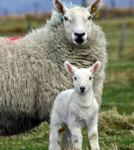
2. Wool grading and sorting
The fleece is broken up into different qualities of fibre. Wool from the shoulders and sides are typically used for clothing; wool from the lower legs for blankets. The British grading system is based on:
- Style: determined by its length, crimp, fineness, handle and lustre.
- Characteristics: these include colour, strength and uniformity.
3. Scouring
The wool is cleaned in alkaline baths, capturing byproducts such as lanolin (wool fat).
4. Dyeing
Colouring by immersion in a dye can be done at this stage (with more permanent results: hence ‘dyed in the wool’) or at a later stage (piece dying), depending on the desired pattern.
5. Carding
The fibres are straightened, blended into slivers and wound into threads.
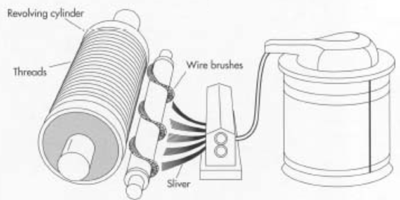
6. Gilling and combing
This removes shorter fibres and rearranges longer fibres for high quality worsted yarns. Threads for non-worsted (‘woollen’, lower quality) yarns do not go through these processes.
7. Spinning
This combines threads into strands, and then two to four strands into a single strand of yarn. Woollen (non-worsted) yarns were spun on a spinning mule, a machine that used a hybrid of two earlier technologies (the term derived from a mule being the offspring of a horse and a donkey). Worsted yarns could be spun using a wider range of machines.
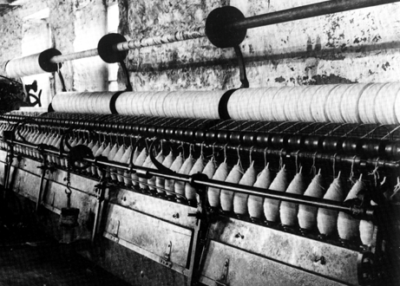
8. Weaving
The yarn is woven into fabric on an electrical ‘power loom’, as distinct from a human-powered ‘handloom’. Longitudinal yarns (the warp) are combined with cross yarns (the weft) to produce patterned fabrics.
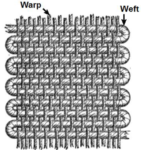
Looms use shuttles which pass left and right with the cross yarns. A popular brand was the Dobcross loom, made by Hutchinson, Hollingworth & Co., Dobcross, near Manchester.
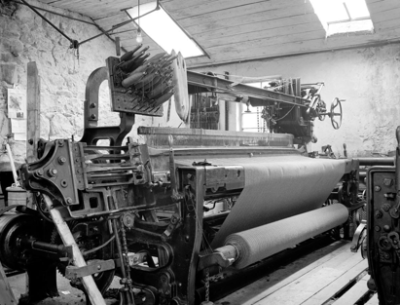
The looms were controlled by metal punchcards (a precursor to modern computer systems). One type of control system was a Jacquard machine.
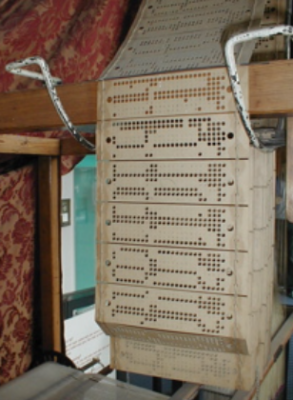
9. Finishing
Finishing can include fulling (immersing in water to make the fibres interlock), crabbing (permanently setting the interlock) and decating (shrink-proofing).